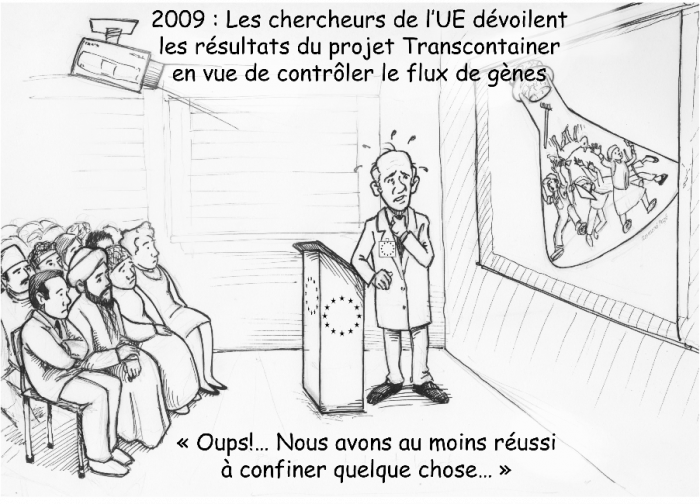Die G(e)nome von Zürich
Submitted by ETC Staff on
Synthetische Biologie beinhaltet die künstliche – oder eben synthetische – Herstellung von Genen, Lebewesen oder Teilen davon. Es ist ein neues Feld extremer Gentechnik.
Vom 24. bis 26. Juni 2007 fand an der ETH Zürich der dritte weltweite Kongress zur Synthetischen Biologie statt. Schweizerische und internationale Organisationen fordern die Regierungen zu schnellem Handeln auf, um diese neue und potentiell gefährliche Technologie zu regulieren und zu kontrollieren.


